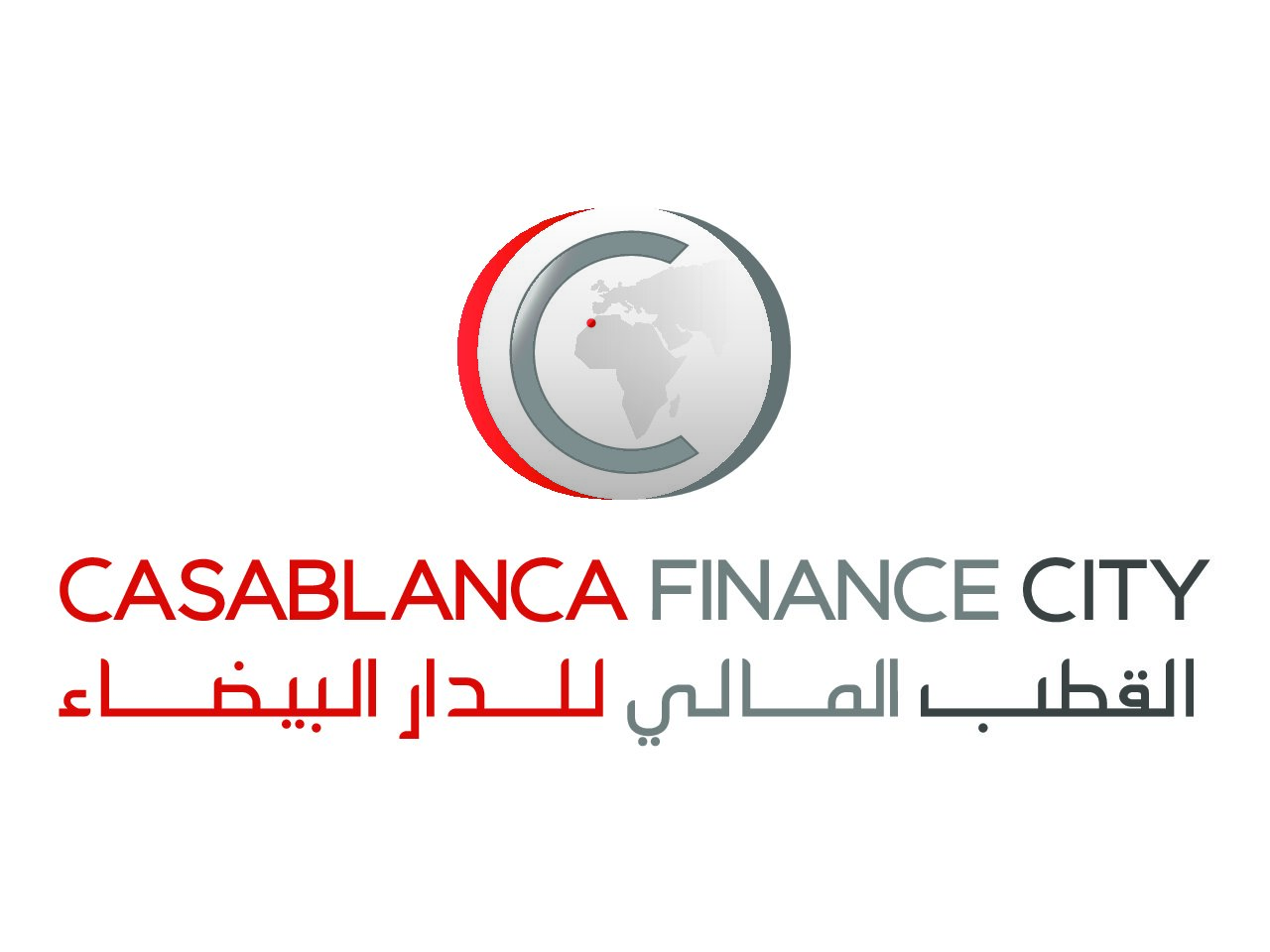Tanzania’s Mining Sector
Tanzania’s mining sector is a vital part of the country’s economy. It contributes significantly to the GDP and provides employment to thousands.

This sector is rich in diversity, extracting a variety of minerals. Gold, diamonds, tanzanite, and coal are among the key resources.
However, the mining industry in Tanzania is not without its challenges. Regulatory changes, environmental concerns, and social issues are some of the hurdles it faces.
Yet, the future holds promise. Technological advancements, sustainable practices, and untapped resources offer opportunities for growth.
In this article, we delve into the intricacies of Tanzania’s mining sector. We explore its history, economic impact, challenges, and future prospects. Join us as we unearth the story of resource extraction in Tanzania.
Overview of Tanzania’s Mining Sector
Tanzania’s mining sector has evolved over the years. It has grown from small-scale operations to a significant industry.
The government plays a crucial role in this sector. It regulates and promotes mining activities.
Recent legislative changes have impacted the industry. The Mining Act of 2010 and subsequent amendments have shaped the sector’s landscape.
The discovery of helium in Tanzania has opened new avenues. This could bring substantial economic benefits to the country.
Small-scale mining also contributes to the economy. However, these miners face numerous challenges.
Historical Development and Current State
Mining in Tanzania has a rich history. It dates back to pre-colonial times when locals mined gold and iron.
The sector has since grown and modernized. Today, it is a significant contributor to the country’s economy.
However, the industry faces challenges. These include regulatory changes, environmental concerns, and social issues.
Key Minerals and Areas of Extraction
Tanzania is rich in mineral resources. The country extracts a variety of minerals.
- Gold is the leading mineral in terms of value. It is primarily mined in the Lake Victoria Goldfields.
- Diamonds are extracted mainly in the Shinyanga region.
- Tanzanite, a rare gemstone, is found only in the Mererani Hills of Tanzania.
- Coal reserves are located in the southwestern part of the country.
These resources play a crucial role in Tanzania’s mining sector. They contribute significantly to the country’s economy.
Economic Impact of Mining in Tanzania
The mining sector is a key pillar of Tanzania’s economy. It contributes significantly to the country’s Gross Domestic Product (GDP).
The industry also generates foreign exchange earnings. This is through the export of minerals like gold and diamonds.
Mining activities create employment opportunities. Both direct and indirect jobs are created in the sector.
However, the sector’s performance is influenced by global commodity prices. Fluctuations in these prices can impact the industry’s contribution to the economy.
Contribution to GDP and Employment
Mining contributes about 5% to Tanzania’s GDP. This figure has been growing over the years.
The sector also provides employment to thousands of Tanzanians. Both skilled and unskilled workers find jobs in the industry.
Small-scale and artisanal miners also contribute to employment. They form a significant part of the mining workforce.
Foreign Investment and Trade
Foreign investment plays a crucial role in Tanzania’s mining sector. International mining companies bring in capital, technology, and expertise.
These companies also contribute to the country’s foreign exchange earnings. They do this through the export of minerals.
However, attracting and retaining foreign investment is a challenge. This is due to regulatory changes and perceived risks in the sector.
Challenges Facing Tanzania’s Mining Sector
Tanzania’s mining sector faces several challenges. These range from regulatory issues to environmental concerns.
Infrastructure and logistics also pose a problem. Mining areas often lack adequate roads, power, and water supply.
Illegal mining is another challenge. It leads to loss of revenue and environmental degradation.
Regulatory and Policy Issues
Regulatory changes have created uncertainty in the sector. The Mining Act of 2010 and its amendments have affected mining operations.
The government’s push for increased revenue from mining has led to higher taxes and royalties. This has deterred some investors.
Transparency and governance issues also affect the sector. Corruption and lack of accountability can discourage investment.
Environmental and Social Concerns
Mining activities can harm the environment. They can lead to deforestation, soil erosion, and pollution of water bodies.
Mining can also disrupt local communities. It can lead to displacement of people and conflicts over land rights.
The sector also faces criticism for poor labor practices. This includes low wages and unsafe working conditions.
Future Prospects and Opportunities
Despite the challenges, Tanzania’s mining sector has potential. The government’s “Vision 2025” aims to transform the sector.
The plan focuses on value addition and beneficiation. It also emphasizes sustainable and responsible mining practices.
International partnerships and collaborations can also boost the sector. They can bring in new technology and investment.
Technological Advancements and Sustainable Practices
Technology can improve mining operations. It can increase efficiency and reduce environmental impact.
Modern equipment can also improve safety in mines. This can reduce accidents and protect workers’ health.
Sustainable practices are also crucial. They can help balance resource extraction with environmental conservation.
Exploration Potential and Untapped Resources
Tanzania has vast untapped mineral resources. These include rare earth elements and helium.
Geological surveys can help identify new mining areas. This can attract more investment into the sector.
The potential for new mineral exploration is high. It can contribute to the growth and diversification of Tanzania’s mining sector.
Conclusion
Tanzania’s mining sector is a vital part of its economy. It has the potential to drive economic growth and development.
However, it faces challenges that need to be addressed. With the right policies and practices, the sector can thrive and contribute more to Tanzania’s prosperity.





























